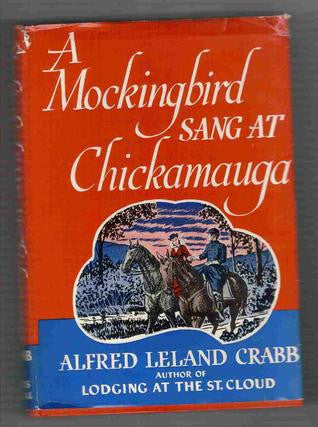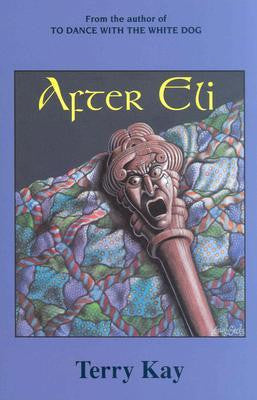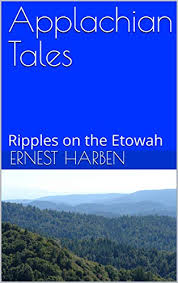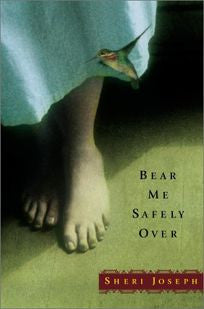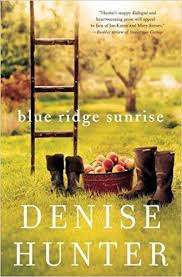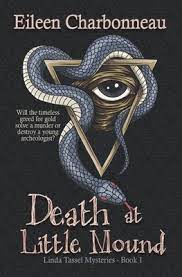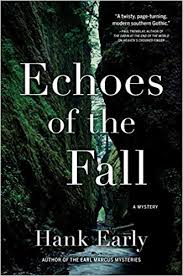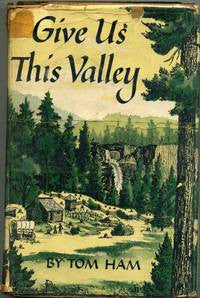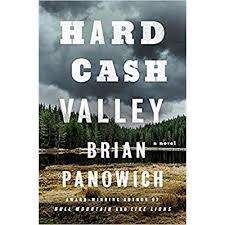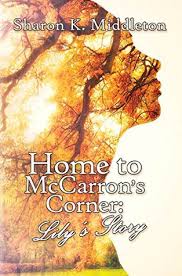Georgia Fiction
Will Harben (1858-1919) was one of the most popular American authors of the early 20th Century. He was born and raised in Dalton and published thirty works of fiction, including Abner Daniel in 1902. Lillian Smith (1897-1966) lived in Rabun County. Her novel, Strange Fruit (1944) topped the bestseller list of the New York Times Book Review, but it was banned in Boston and Detroit ostensibly “for lewdness and crude language,” but most likely because it involved an inter-racial love affair. The U. S. Postal Service banned it from the mail until Eleanor Roosevelt convinced her husband, President Franklin D. Roosevelt, to lift the ban. Byron Herbert Reece (1917-58) was born on a small farm in the Choestoe Valley of Union County in the shadow of Blood Mountain and Slaughter Mountain. The name of the valley comes from the Cherokee – place of dancing rabbits. He is better known as the author of four poetry books, but his two novels - Better a Dinner of Herbs (1950) and The Hawk and the Sun (1955) are also very well regarded. His life is celebrated at a museum near the site of his family’s farm that is open to the public. Terry Kay was born and raised in Hart County. Three of his thirteen novels were made into Hallmark Hall of Fame television movies, including To Dance with the White Dog (1990) which sold over two million copies in Japan. Deborah Smith has published over 35 novels in the romance and women’s fiction genres, including A Place to Call Home (1997). She describes her home as “high in the North Georgia Mountains.”
-- George Brosi

